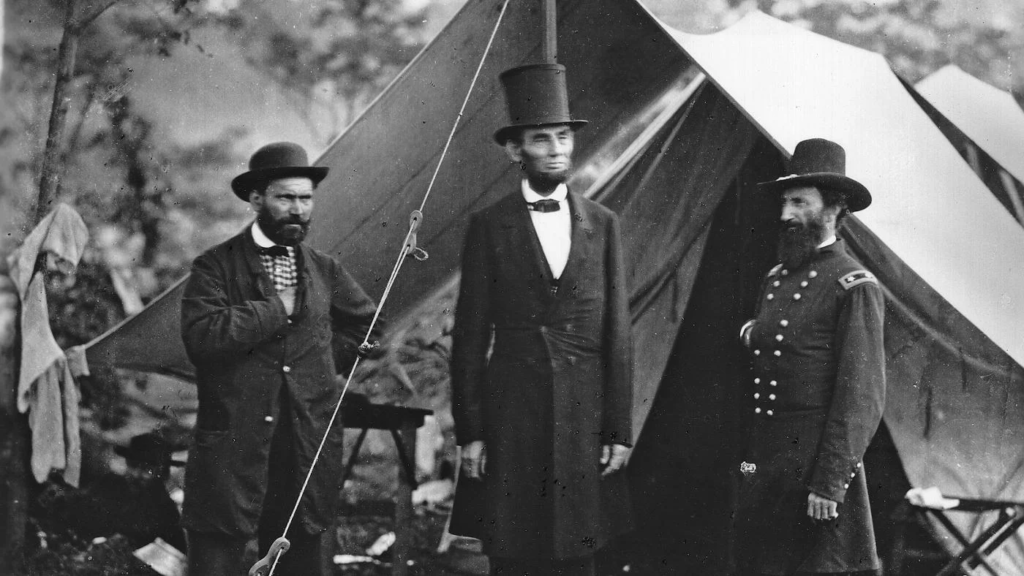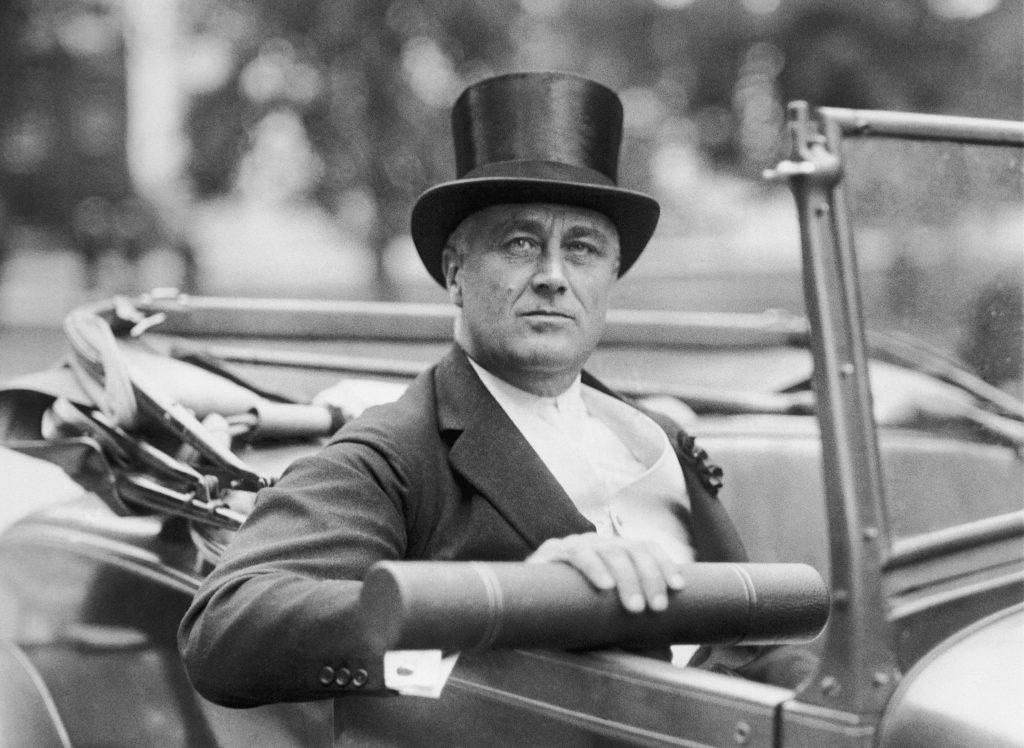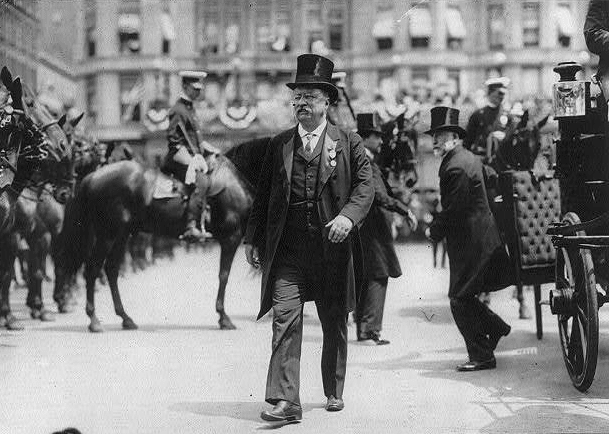Bring back the inaugural top hat.
The top hat has a long and rich history tied to Inauguration Day in the United States. It was first introduced to the general public at the end of the 1700s to replace the tricorne: a triangle-shaped hat often used to accentuate a man’s stylish wig. Tricornes were easy to carry and ideal for showing off one’s social status but became outdated as time went on.
By the 19th century, top hats were a necessity when it came to men’s formal wear. They represented status, wealth and respectability, making them ideal for upper-class gentlemen. Originally top hats were made of fur felt and other materials for lower classes. Eventually, silk became the material of choice as it was easier to work with.

There are several different styles of top hats, which get their individual names from their unusual height, shape and size. These include the chimney-pot, the stove-pipe, the John Bull and the Dandy. The stove-pipe was a favourite of Abraham Lincoln, despite his already tall stature.
One of the more pompous inaugural festivities is the president-elect donninga top hat. It’s unclear as to when top hats made their Inauguration Day debut, but it dates back to at least 1881 with James Garfield. Many historians speculate that the unofficial tradition continued to add a bit of glamour to the ceremony.

Both Franklin D. Roosevelt and Harry Truman were big fans of the trend. Roosevelt wore top hats for multiple occasions, including his visit to Hyde Park with King George VI in 1939. Dwight D. Eisenhower broke the custom to wear the more casual homburg hat. However, he did sport a top hat to president John F. Kennedy’s inauguration in 1961.
Despite John F. Kennedy’s distaste for hats in general, he still wore a stovetop hat for his swearing-in ceremony. He chose to bring the top hat back for the inauguration “to make the occasion more memorable for the children,” as hats were much more popular at the time. Another reason Kennedy most likely chose to bring the trend back was to create an aura of royalty surrounding his inauguration, which his presidency inevitably became known for.
In Kennedy fashion, he removed the hat quite a few times during the day, including while he was making his infamous inaugural address. Kennedy would also be the last president to don the hat on Inauguration Day. In 1965, Lyndon Johnson chose to forgo the top hat, thus bringing an end to the unofficial tradition.

Although the top hat hasn’t been worn at a presidential inauguration for almost 60 years, it doesn’t mean they’ve gone completely out of style. In England, top hats are worn at daytime races and with some formal attire. As for the United States, top hats often make their way into some holiday celebrations.
Regardless of how long the custom stayed with Inauguration Day, it still was an interesting and quirky addition to otherwise boring menswear. Hopefully, one day we’ll get a president that will bring the tradition back, just one more time.

